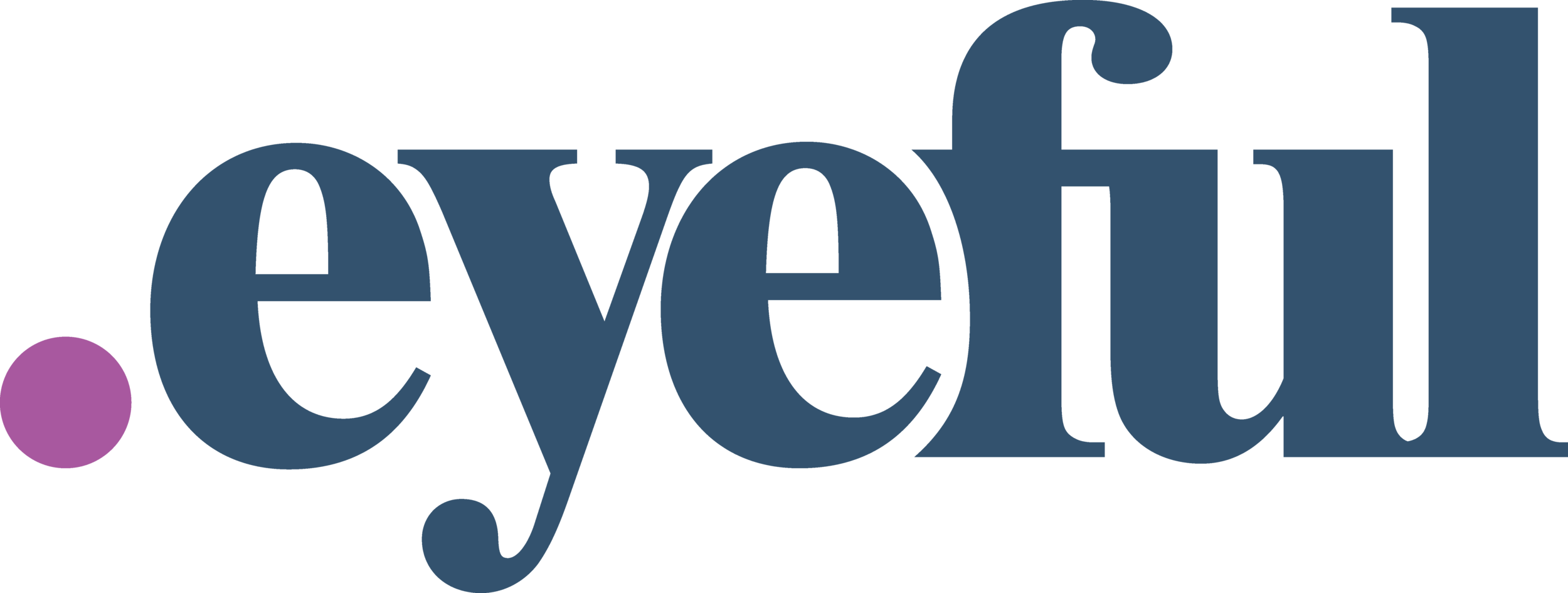Case Study: Integrating Paid and Organic Search to Maximize Profitability
By Marcela De Vivo, SEO Director at Eyeful Media
Client: Agricultural Retail Leader
Challenge: Paid & Organic Search Integration
Overview
Our client, a well-known retailer in the agricultural sector, was spending heavily on branded PPC campaigns. Most of their budget went to variations of their brand name. This approach generated traffic but at a high cost. It also didn’t tap into the full potential of organic search.
Eyeful Media stepped in with a unified SEO and PPC strategy. Our goal: optimize the budget, boost organic performance, and maintain strong visibility.
Challenge
The client was investing a large portion of their marketing budget in branded PPC terms. These keywords already ranked highly in organic search. The heavy focus on paid ads wasn’t sustainable. We needed to find a balance. The aim was to reduce paid search costs while keeping visibility and conversions intact.
Objective
Cut PPC spend on branded terms while maintaining visibility.
Shift spending to non-branded keywords with high potential.
Strengthen SEO and PPC integration to improve overall performance.
Step 1: Identifying High-Cost, Low-Impact PPC Campaigns
We started by reviewing the PPC campaigns we inherited when launching the account. Our marketing audit identified that our client was overspending on branded keywords that performed well organically.
Our hypothesis was clear: organic search could sustain traffic while reducing paid ads.
Example: The client was spending over $500 per day on branded terms. We saw an opportunity to test whether organic search branded keyword rankings could replace some of this paid traffic.
Actionable Steps:
Audited branded PPC campaigns to find areas to reduce costs.
Used Google Ads and Google Search Console to measure organic performance for those branded terms.
Step 2: A/B Testing SEO and PPC Strategies
Next, we ran an A/B test to see the impact of reducing branded PPC spend. We monitored organic traffic for those terms to check if it could maintain visibility.
Example:
For one branded term, we cut PPC spend by 80%, from $500 to $100 daily. We closely tracked organic traffic to ensure it compensated for reducing paid ads.
Actionable Steps:
Gradually decreased PPC spend over a 2-4 week period.
Monitored traffic and conversion rates using Google Analytics and Search Console.
Compared click-through rates (CTR) for organic results during PPC spend reductions.
Step 3: Redirecting Budget to Non-Branded SEO Opportunities
Once we confirmed the success of our A/B test, we reallocated the PPC savings. Our focus shifted to high-converting non-branded keywords. Using SEMrush and Google Ads data, we found untapped opportunities to drive traffic without relying on paid search.
Example:
We targeted a high-intent, non-branded keyword that aligned with the client’s product. By optimizing this term, the client improved rankings and captured more organic conversions.
Actionable Steps:
Identified non-branded keywords with solid growth potential using SEMrush.
Reallocated PPC savings to organic optimization for these non-branded terms.
Step 4: Fostering Long-Term Organic Growth
We then created a long-term content strategy to strengthen organic rankings. This included optimizing landing pages, creating blog content, and refining internal linking. These efforts drove continued organic growth beyond the short-term gains from the PPC strategy.
Actionable Steps:
Built optimized landing pages and blog content around high-converting non-branded keywords.
Applied on-page SEO best practices like title tags, meta descriptions, headers, and internal links.
Continuously monitored performance using Google Search Console, adjusting strategies as needed.
Results
This integrated approach delivered impressive results for our client:
80% reduction in PPC spend on branded terms with no drop in traffic.
Higher organic rankings for non-branded keywords, driving more conversions without paid ads.
Better budget allocation, allowing reinvestment in more impactful campaigns and long-term SEO growth.
Conclusion
By integrating SEO and PPC, Eyeful Media helped the client save costs and achieve long-term growth. The data-driven strategy maximized search visibility while ensuring the marketing budget delivered more value.
Key Takeaways
Reducing PPC spend on branded terms can free up budget for high-impact non-branded SEO efforts.
A/B testing SEO and PPC strategies provides critical insights into performance optimization.
Tools like SEMrush and Google Ads reveal valuable opportunities for growth in both paid and organic search.
Tools Used:
SEMrush: For keyword research and identifying high-converting non-branded terms.
Google Ads: To assess PPC performance and identify low-impact campaigns.
Google Search Console: To track organic visibility and keyword performance.
Looker Studio: For building integrated dashboards that track PPC and SEO data.
